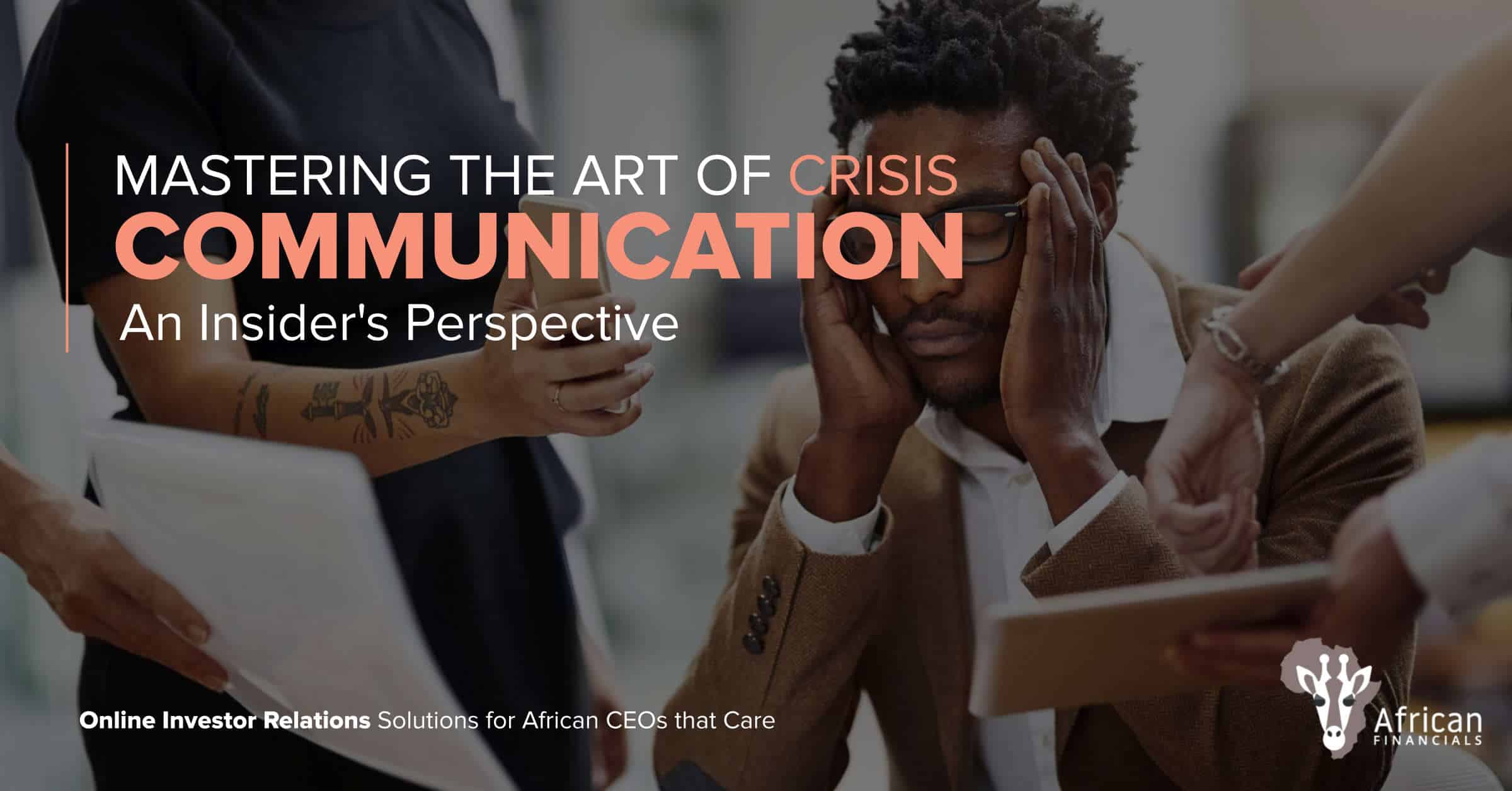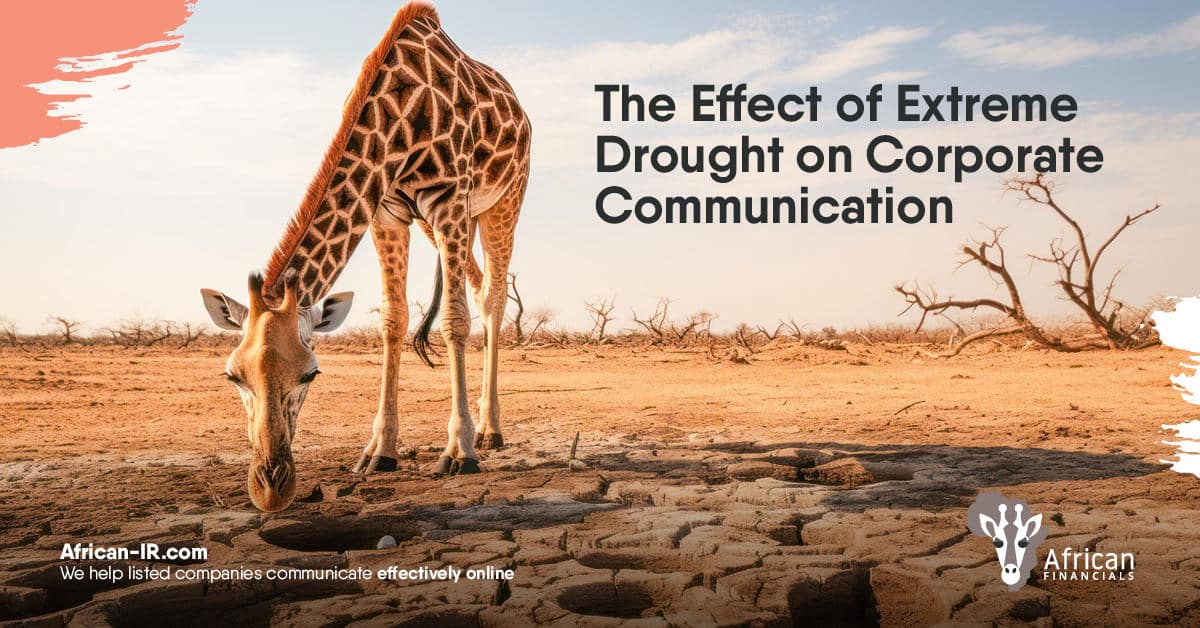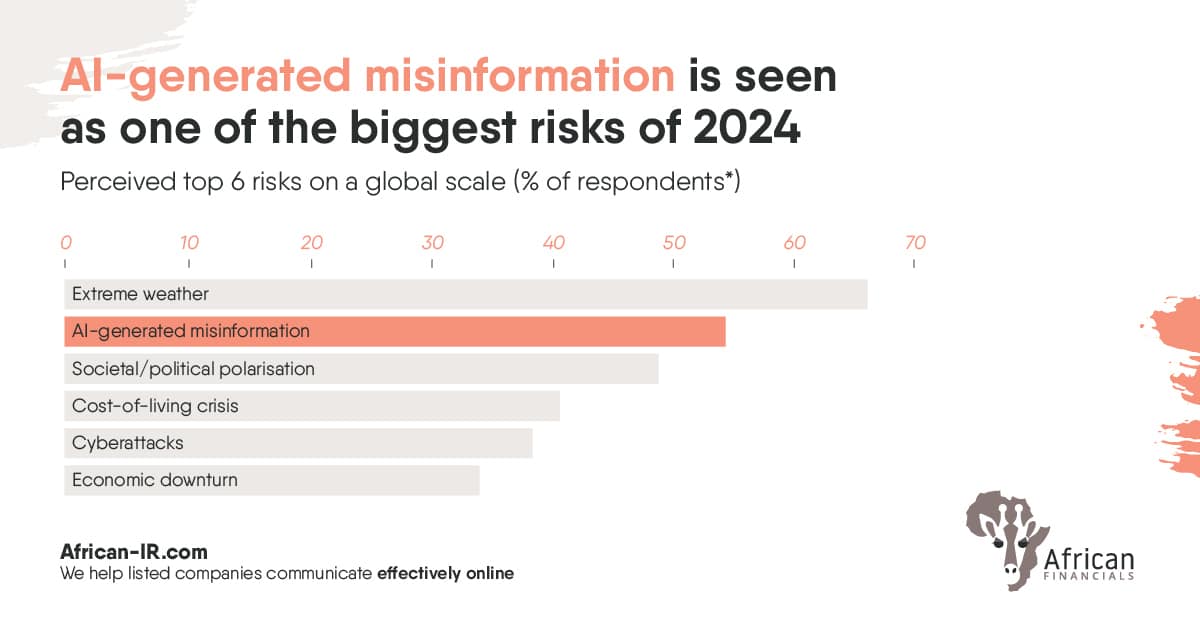
Welcome to the high-octane world of crisis communication, a realm that’s time-sensitive, nerve-wracking yet undeniably exhilarating, especially when you firmly believe in your client’s cause.
Having experienced two substantial events, let me unveil the multifaceted process that’s usually involved:
Step 1: Launching the Press Release
Start by publishing your press releases on the company website, followed by distribution to your email list subscribers. Further, ensure that these releases are promptly available on the mobile app.
Step 2: Social Media Mobilization
Craft compelling social media content, confirm texts, and get the posts out there. You’re playing against the clock, and every second counts.
Step 3: Strategic News Rollout
Meticulously plan for the daily, weekly, monthly, and quarterly rollout of news. Remember, consistent communication is key during a crisis.
Step 4: Real-time Social Media Monitoring
Hyper-focus on real-time social media monitoring, with an emphasis on gauging the sentiment behind each engagement.
Step 5: Stakeholder Teleconference
Though not a requirement during my past events, arranging an urgent teleconference call with key stakeholders might become necessary.
Step 6: Regulatory Compliance
Coordinate the content and release schedule with compliance officers and regulators. Ideally, media releases should surface simultaneously across channels – but only after the announcement has been shared through the stock exchange, if applicable.
Step 7: Adaptability
Be ready to replace content swiftly in case of errors. Pressure-cooker situations may lead to mishaps; knowing how to make swift corrections is crucial.
Step 8: Global PR Engagement
Engage with a global PR news agency to focus the delivery of news releases on specific industry and country news channels. Yes, this service comes at a cost, but the investment can pay significant dividends.
Step 9: Direct Communication Channels
Motivate stakeholders and investors to subscribe to email alerts. This approach will pave the way for direct communication channels in future crises.
Step 10: Post-event Analytics
Gauge the extent of analytics reporting for post-event examination. Your client is making a substantial investment in managing the crisis – they need to understand the outreach’s impact.
Step 11: Transcript Availability
Prepare transcripts of essential briefings and make them available immediately on the website and distribute them through social media.
Step 12: Provider Notifications
Notify peripheral service providers, such as teleconference service providers and creative designers, that they might need to be on standby.
Step 13: Client Reporting
Segment your analytics reports to the client into three distinct phases: pre-crisis, during the crisis, and post-crisis.
Bear in mind – accuracy is paramount. In the dead of the night, mistakes can happen, and correcting them can turn into an ordeal.
As a service provider, insist that all changes receive the green light from the client. Every last one. Every minute detail counts. Even the positioning of a full stop can make a difference.
While I don’t usually involve myself in the strategic “thinking” part of crisis response – that’s generally the board’s domain – I excel in amplifying the message as broadly and swiftly as possible.
While it’s an adrenaline-pumping job, it’s work you’d rather not happen frequently. But when it does, it’s about being prepared, being agile, and most importantly, being effective.
Turnkey, communications solutions for every listed company in Africa
Speak to us about IR solutions for your company
Speak to us about IR solutions for your company
AfricanFinancials works with Boards, CEOs and companies who want to build sustainable businesses through better corporate and investor communications. Our focus is online investor relations to promote secure two-way communications with investors and stakeholders.


